NatureThe Fight to Save Martha Lavinia from Salmon Farms
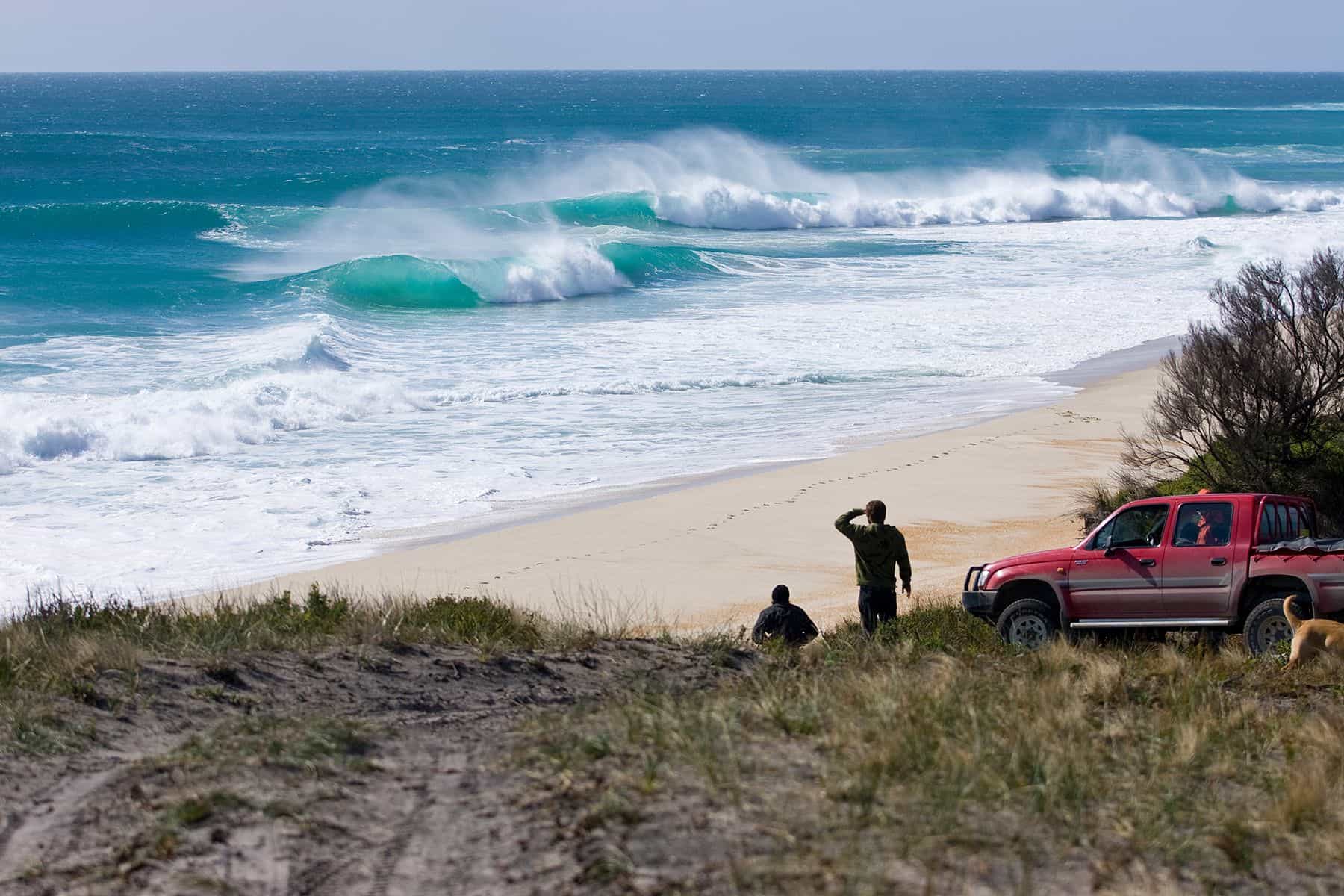
Australian residents and surfers have been fighting environmental battles on several fronts of late, trying to save their local waters, waves and the life that inhabit them from the threats posed by offshore drilling, onshore mining, seismic testing and, in the case of Martha Lavinia Beach, the development of inshore open-pen fish farms. These battles aren’t just important for local surfers, they matter to all of us – surfer or not.
Martha Lavinia is a world-class beach break that many surfers will recognise but perhaps not know about; for years this surf spot on King Island (which sits half way between the south coast of Victoria on the Australian mainland and the north west tip of Tasmania in the middle of the Bass Straight) was visited and surfed by the world’s best but the name and location was usually brushed over in an effort to keep this rural island from being overrun. The lid is now being lifted on this slice of sandy A-frame perfection however as Tassal, Tasmania’s largest producer of Atlantic salmon, has been granted permission to explore the possibility of establishing an open-pen fish farming operation immediately east of Martha Lavinia Beach. The Tasmanian government approached the three fish farming companies based in Tasmania and asked them to identify areas they might like to expand to; Tassal decided that they would research the waters off King Island and if they are suitable then any of the three companies can apply for a lease. The local surf community has mobilised and organised itself in opposition to these plans and are being supported by surfers and environmental organisations from around the world.
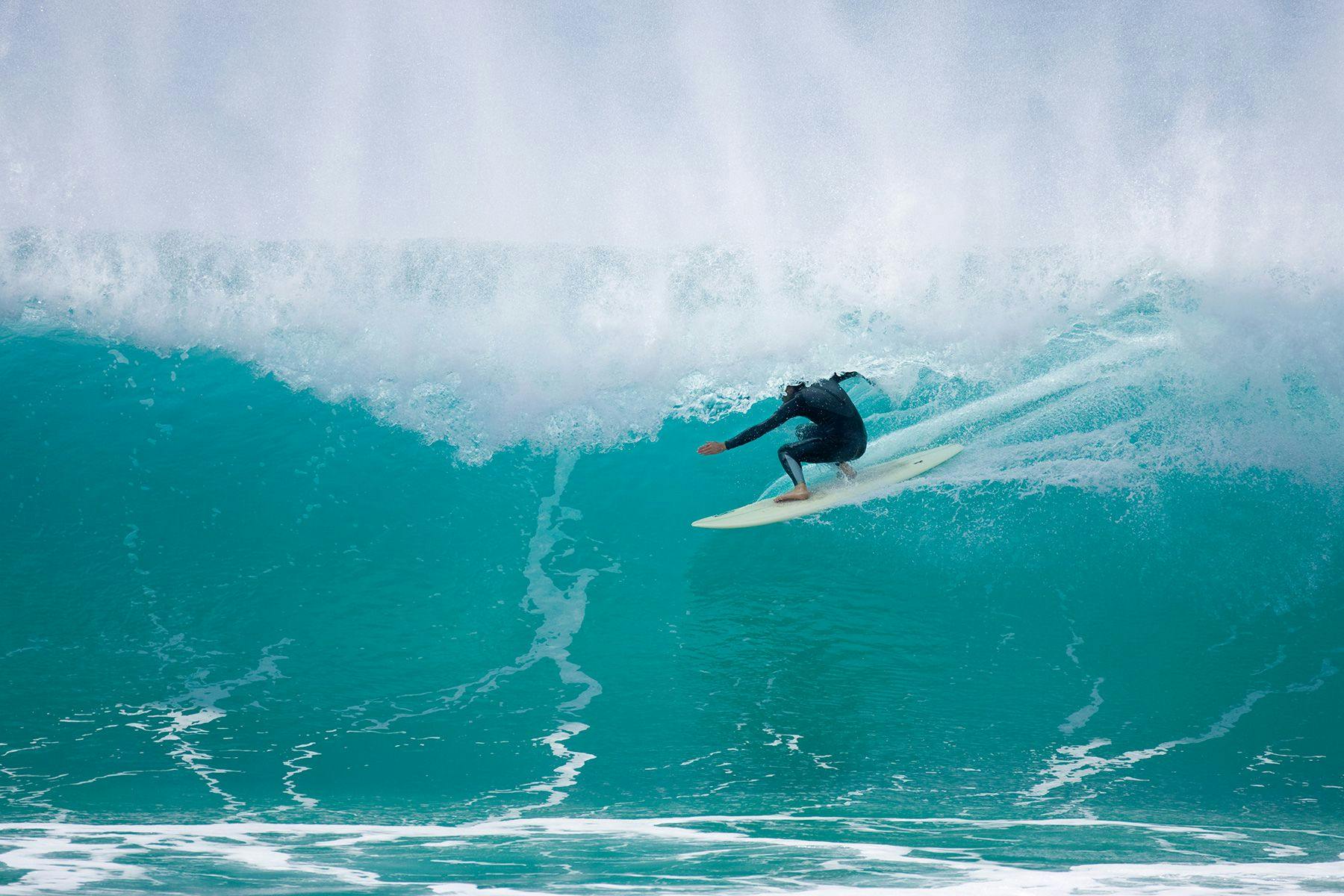
“A tragedy on one of the planet’s best beach breaks – probably one of the world’s top five, is unfolding on King Island, Bass Strait, Tasmania. The license for a huge fish farm set in the waters just meters from the bend that begins the beach called Martha Lavinia is close to being granted. Whether by physical pollution, overbearing smell, disturbance to the prevailing current and sand flow that sweeps into Martha’s or far worse, the attraction of Great Whites, the situation is totally unacceptable. Already rejected in other areas due to such controversial practice, this scenario cannot be allowed to unfold.” – Derek Hynd
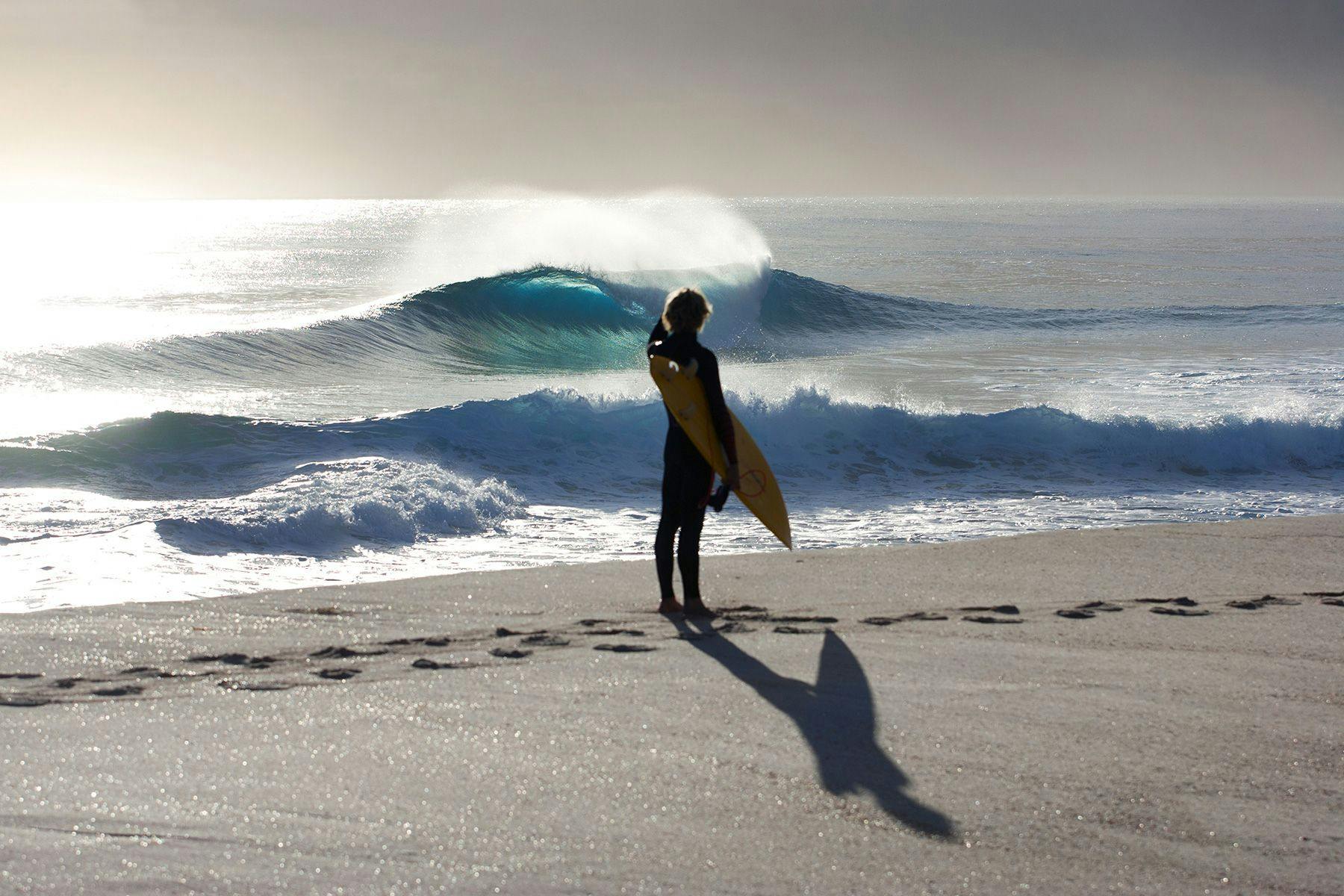
What makes Martha Lavinia Beach so special?
Martha Lavinia Beach sits on the Northeast coast of King Island in a Ramsar wetland reserve and state nature reserve that protects the largest remaining block or native vegetation on the island. Swells from the south and west wrap up and around both sides of the 424 square-mile King Island and meet at Martha Lavinia Beach to create perfect A-frame beach break waves. When the rest of the island is an uncontrollable twenty feet and howling onshore, Martha will be straight offshore and offering up barreling 4-5 foot surf.
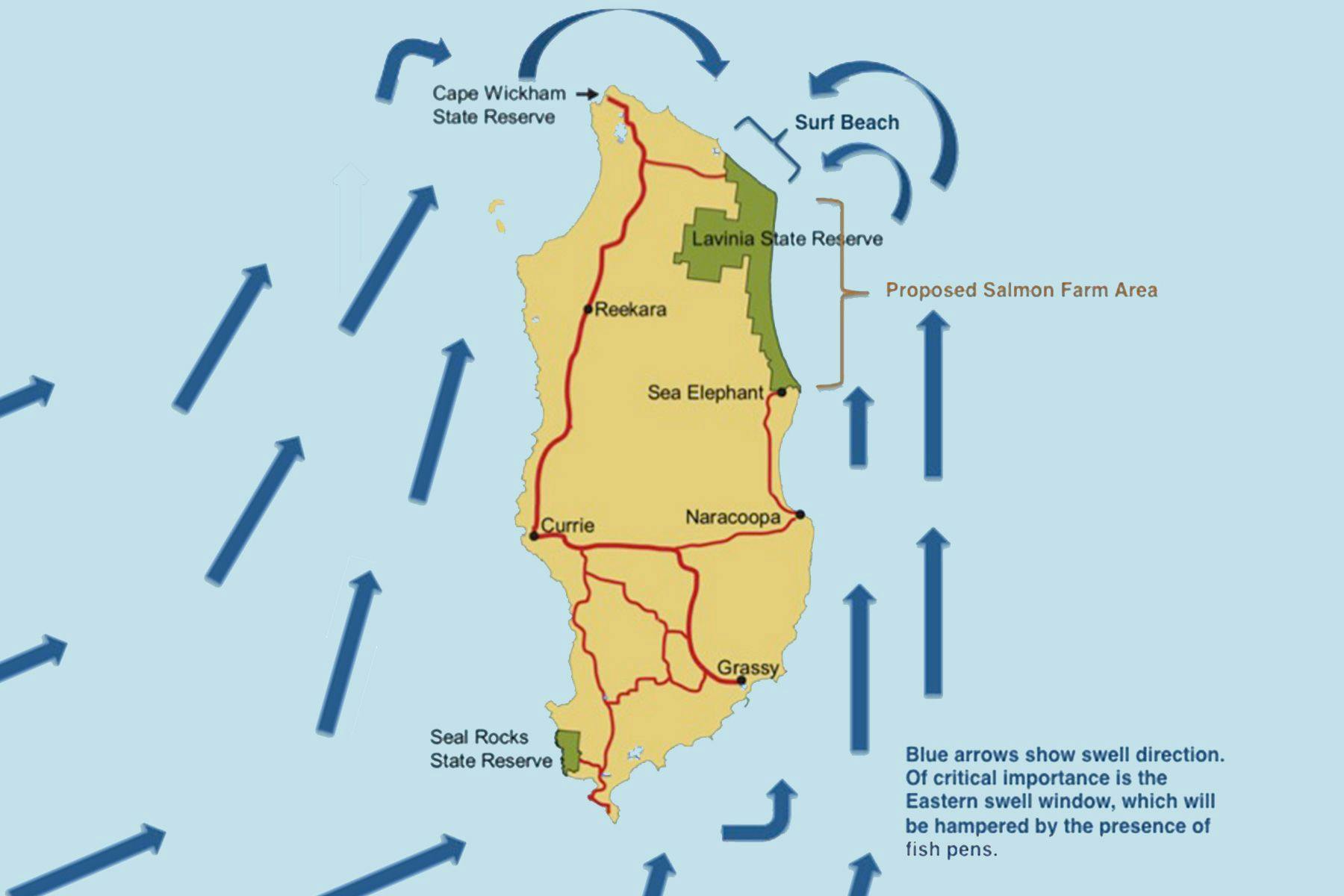
“It really is an amazing gem of a place. So perfect too. I’ve been there like 18 times over the years and always kept it pretty much under cover, but it’s now time to bring Martha out of the mist, in order to save it from a dark fate.” – Sean Davey
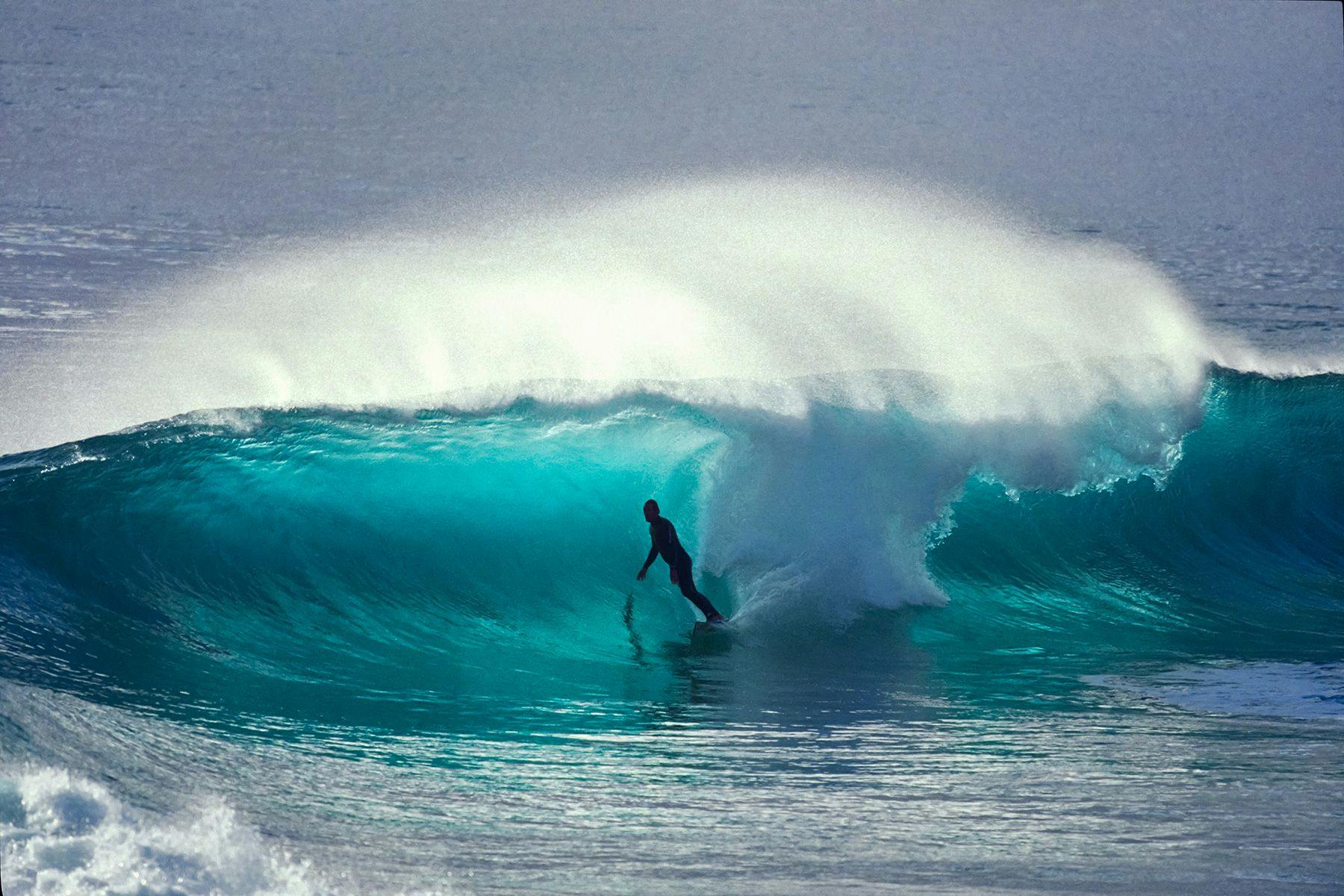
The list of surfers who have surfed Martha is a roll-call of our sport’s greats, included numerous former world champions such as Kelly Slater, Stephanie Gilmore, Tom Carroll, Tom Curren and Barton Lynch. It is also a favourite of Derek Hynd, who has made many trips there over the decades and used King Island as the venue for his experimental finless Musica Surfica project with renowned violinist Richard Tognetti.
“It’s gotta have been over 20 years since I visited King Island but I remember being so touched by how beautiful, rich and raw the place was. The fact that somewhere still exists that has changed less than almost everywhere and is known for its natural wealth and beauty is so important and valuable to us all. So, in these days of crazy disrespect being shown by those who are motivated by profit, we need to stand up and together not let this be another example!” – Barton Lynch, 1988 World Champion
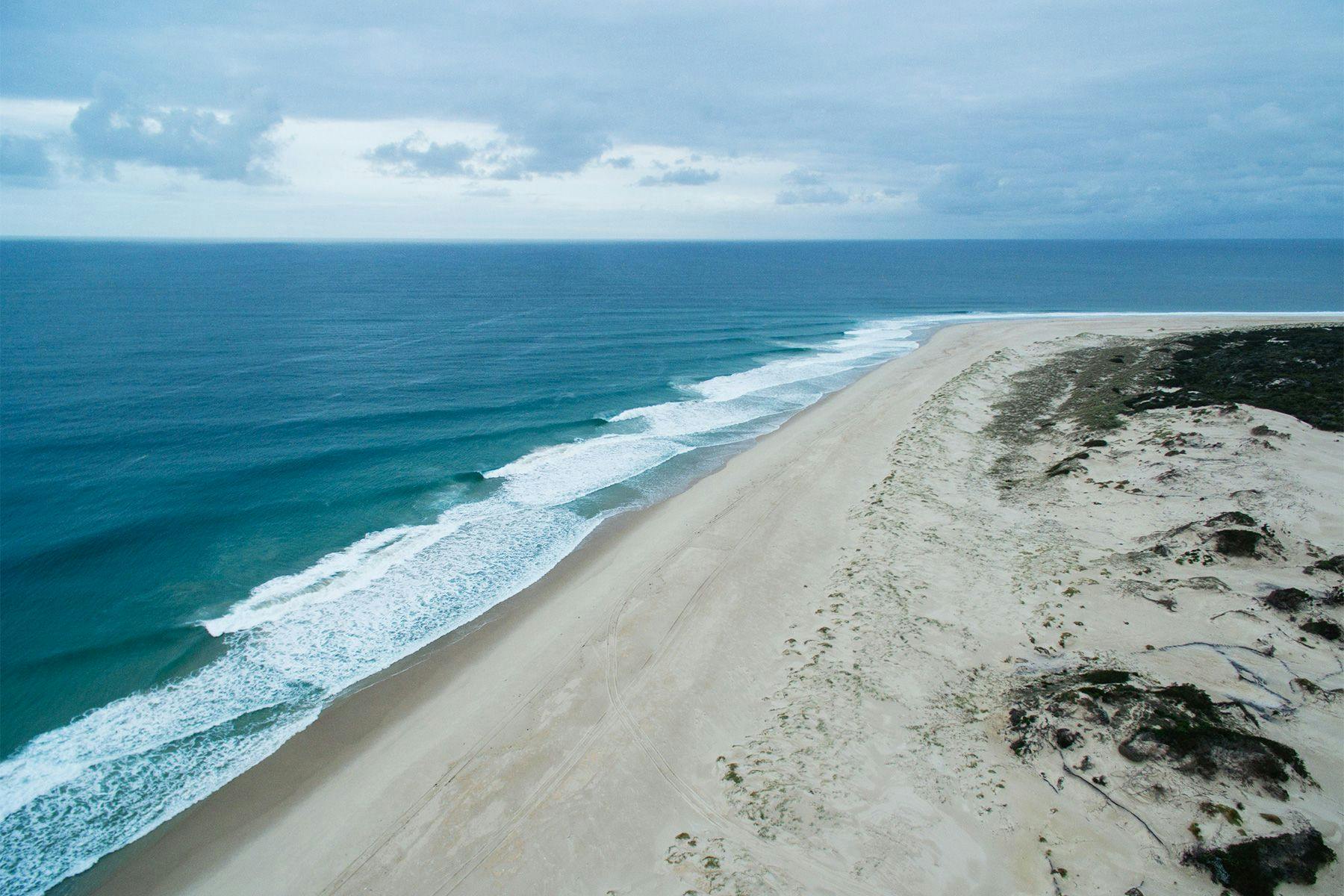
The Fish Farming Issue
According to the World Health Organisation (WHO), fish, crustaceans and molluscs account for between 13.8% and 16.5% of the animal protein intake of the human population (about a billion people rely on fish as their main source of animal proteins) and as of 2016 more than half of that comes from aquaculture. The commercial farming of fish for human consumption has developed at pace and is booming; as wild salmon populations are threatened and either extinct or on the brink of extinction in many of their ranges, the salmon farming industry appeared to offer a solution and has grown rapidly. Salmon is the most valuable farmed species, worth over $10 billion worldwide in 2013 and in major areas of production such as Norway and Scotland in 2017 it was worth over $1billion and $6 billion respectively. In Australia, Tasmania’s salmon farming industry is valued at $625.9 million and there are plans to double production from the current 40,000 tonnes/year to 80,000 tonnes/year by 2030. Salmon is the most popular fish in Australia. Save the Waves Coalition cite Tasmania’s salmon farm regulations as being twenty years old and therefore not fit for the current size and state of the industry. By way of an example, an incident in the summer of 2018 led to 2.3 million fish deaths in Macquarie Harbour.
As the aquaculture industry has grown worldwide, so too have the negative impacts of open net fish farms and awareness of the issues that they cause, which include the pollution and waste generated by fish farms, and the proliferation of sea lice. Beyond these problems common to all open net fish farms are issues specific to each site. In the case of Martha Lavinia Beach and the prospect of a fish farm operation in the waters off the Lavinia State Reserve, additional specific concerns include potential impacts upon currents, sediment movement and the strength of swells reducing the quality of surfing waves, reduced recreational access to the area, damage to the King Island brand (which has been built upon its pristine natural environment), marine debris from the fish farm infrastructure, attracting more seals and (in turn) sharks to the area, and the risk to native and migratory bird and whale species. It’s quite the list, and one that needs to be broken down to be fully appreciated:
– Pollution – Open net salmon farms pollute the marine environment that they are sited in, in two ways. Solid organic waste (uneaten feed, fish faeces, etc…) excreted by the fish sinks to the sea floor and is dispersed into the environment without being filtered or treated, and it is estimated that a medium size fish farm producing 3,000 tons of fish creates the same amount of sewage as 50,000 people over the same period. This produces major changes in the chemistry of the sediment on the sea bed, reduces the concentration of dissolved oxygen leading to anoxic and hypoxic events (where sediment flora and fauna do not have sufficient oxygen to survive) and increases the risk of toxic algal blooms. Pollution by the net-cleaning and de-lousing chemicals used to combat the sea lice that infect the farms also kill other aquatic life and have been known to have a devastating effect on marine ecosystems.
– Sea lice – Where you find a large number of fish confined to a small area, you will find sea lice. These parasites feed on the tissue and blood of their host and in the intense situation of an open-net fish farm the population of sea lice will quickly explode into the billions. The lice can move back out of the farm and be carried as far as 30km so in areas of the world where salmon farms exist close to natural wild salmon populations, large numbers of juvenile wild fish die as a result of sea lice. Within the farms themselves where fish are more mature and hardier the lice aren’t as deadly but still account for a 20% death rate before fish can be harvested – a huge and very concerning animal welfare statistic. Whilst sea lice are a huge problem in fish farms in the Northern Hemisphere, they are not such an issue in Tasmanian fish farms to date.
– Impact on currents, sediment, and swells – It has been reported that an open net fish farm on King Island’s east coast could comprise up to 22 pens and produce up to a million fish but maybe up to 2.5 million fish in order to be commercial viable. Such a farm would be a significant submarine structure. These pens could affect the flow of currents and sediment around the east and northeast coasts of the island and also reduce the strength of swells wrapping up the coast towards Martha Lavinia Beach.
– Reduced recreational access – Campaigners on King Island are concerned that the installation of a fish farm and construction of onshore infrastructure could impede recreational access to areas of the island’s east coast.
– Damage to the King Island brand – King Island’s identity and “brand” is reliant upon it’s image as a pristine environment to market the seafood, dairy & beef farming, kelp harvesting, and tourism industries. Locals are concerned that the association with an industrial fish farm will damage this reputation and image.
– Marine debris – It is likely that there will be an increase in marine debris and local plastic pollution as fish pen infrastructure, rope, nets and pipes are damaged in the open ocean environment of the Bass Straight and wash ashore on King Island or further afield.
– Attracting seals and sharks – A large open pen fish farm will attract an increased number of predators to the area, firstly seals and then sharks. There is concern that having such a large but inaccessible food source in proximity to a popular surf spot could lead to an increase in shark-human interactions.
– Risk to native and migratory species – The entire coastline of King Island, fro the low water mark to one kilometre inland of the high water mark (broader in Lavinia State reserve has been identified by BirdLife International as an Important Bird Area and of particular importance in protecting the critically endangered orange-bellied parrot. Eastern curlews, black faced cormorants, white faced storm petrels, white bellied sea eagles and the vulnerable fairy tern are other bird species that could be put at risk by this development, as well as marine species such as the long nosed fur seal and the vulnerable humpback whale and endangered southern right whale which migrate through the permit area.
Tassal, the Tasmanian-based salmon farming and processing company that has been granted a permit to explore the possibility of establishing an open net fish farm east of Martha Lavinia, claim to operate with high environmental and sustainability standards. Their methods and processes are certified by third party bodies such as the Aquaculture Stewardship Council (Tassel achieved certification by the ASC in 2014 but in 2017 was found to have failed to comply with 19 requirements) and Best Aquaculture Practice (BAP), which the company gained in 2019. Tassal has been criticised for its use of antibiotics (which increased when it should have decreased) and in October 2016 it’s Tasmanian operations were the subject of the Australian Broadcast Corporation’s flagship investigative programme Four Corners (watch it here) – scrutiny that Tassal didn’t welcome, with the company’s CEO saying to programme makers “Four Corners doesn’t come down unless the community is concerned, I get that… I would be happier if we just slid under your radar and you hadn’t been here, but you’re here.” Tassal has achieved numerous awards and recognition for its efforts towards sustainable practices and transparency, but there are still major concerns surrounding aquaculture and their plans, particularly for King Island. According to Tassal, the benefit to King Island would be jobs generated by the fish farm (direct and indirect), and the possibility of improved freight logistics and lower freight costs. Many local residents, the local surf community and environmental organisations don’t believe that the suggested benefits outweigh the negative impacts of siting a fish farm off King Island’s east coast.
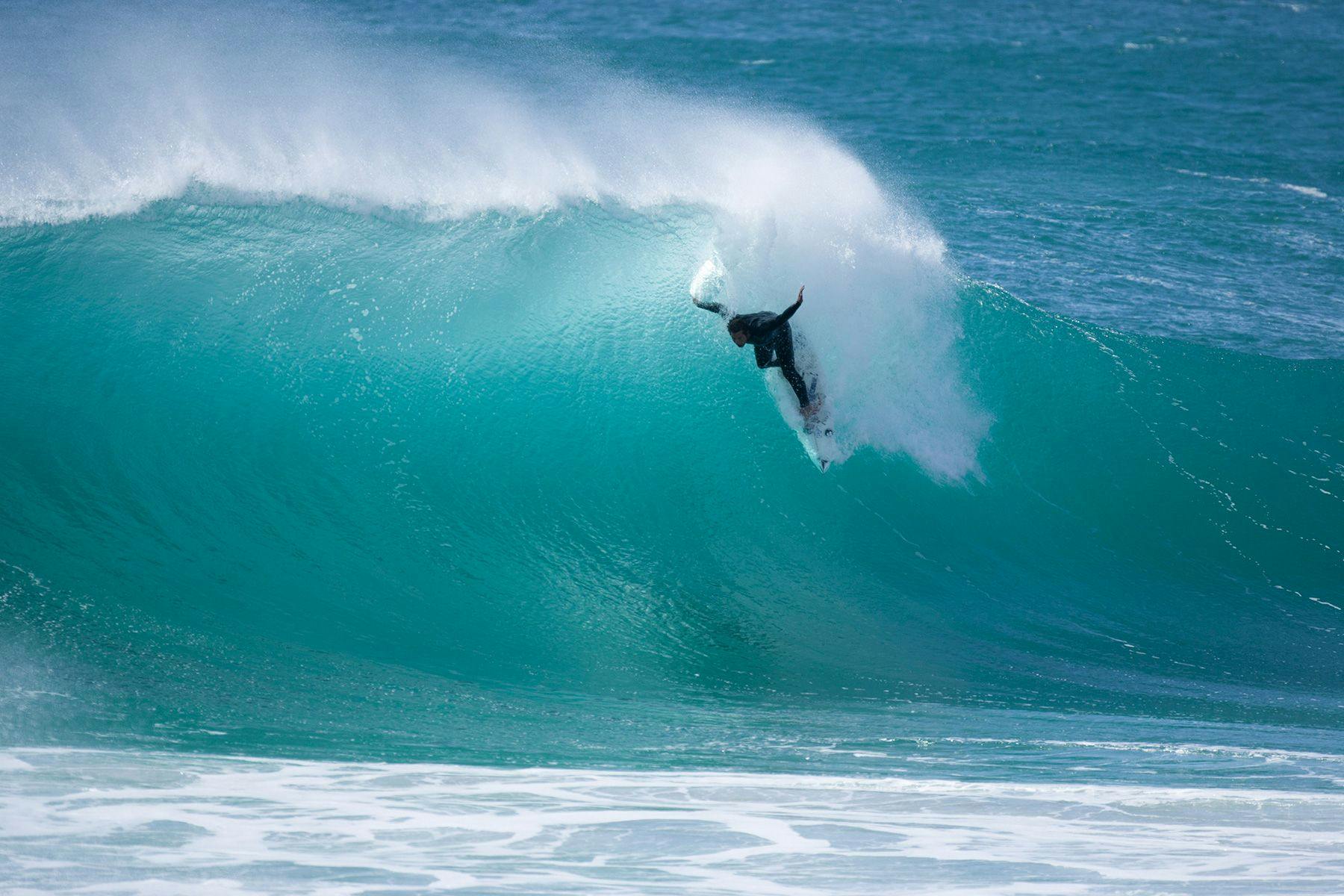
The Fight to Save Martha Lavinia
King Island resident and amateur diver and fisherman Charlie Stubbs, spokesperson for the Keep King Island Fish Farm Free group, is leading the Fight To Save Martha Lavinia. To date, a paper petition has been signed by just under 60% of the adult population of King Island, which, as Charlie states, demonstrates that Tassal has “no social licence for any fish farms to be coming into King Island”. An online petition is nearing 25,000 signatories and is soon to be presented to the Tasmanian House Of Assembly and the Australian Parliament. You can add your signature that petition here or using the link below. Surfrider Foundation, Save the Waves Coalition and Patagonia, not to mention a long list of notable figures form the world of surfing are all also lending their voices and collective influence to the cause.
“Martha Lavinia is a phenomena in terms of surfing; you have a place that can be absolutely below sea level left handers one day as a storm comes through, the next day it can be perfect peaks and the next day it can be perfect rights, and it always varies but there’s not too many places in the world that are that dynamic. And that’s why it’s so disturbing to think that among all of that dynamic water flow you’d plop this rigid mass of plastic filled with toxic fish that don’t belong in that part of the world. I don’t think they had any idea when they were pinpointing the northeast tip of King Island for a fish farm, that that was one of the most celebrated surfing spots in Australia, and one of the most celebrated beach breaks in the world. That’s a bit of an indication of the insensitivity of this industry.
– David Rastovich
SIGN THE PETITION TO SAVE MARTHA LAVINIA BEACH FROM SALMON FARMS HERE.